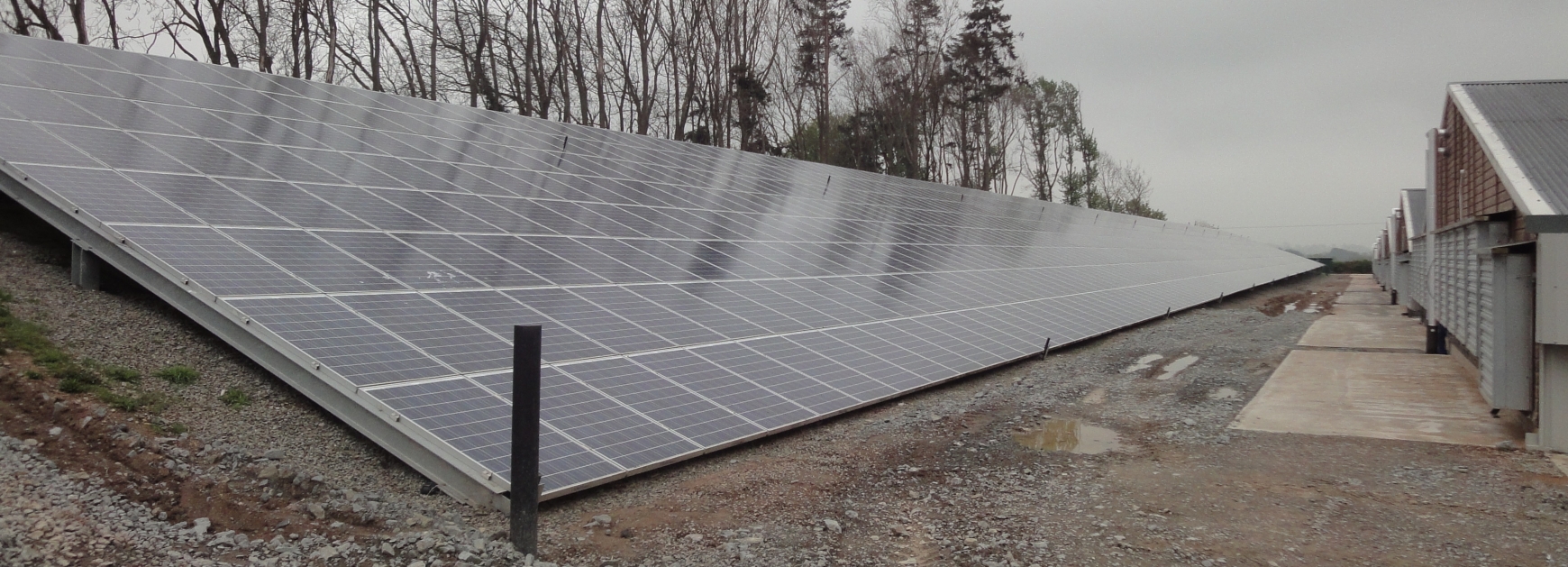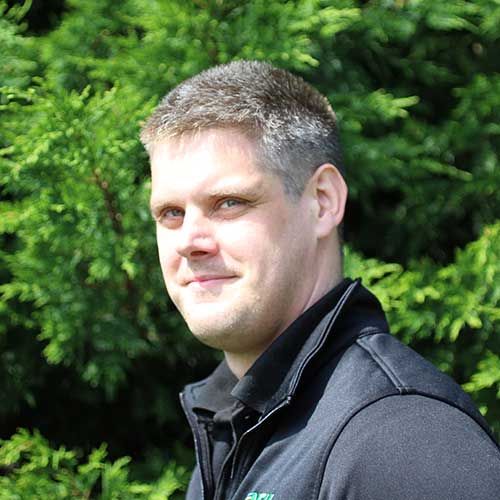One of the biggest problems with electrical renewable energy generation is the fluctuations in power that can be produced. Solar panels only really produce any meaningful power during the day, when it is sunny, and wind turbines only when the wind is blowing within the set wind-speed parameters. However, a pilot scheme in Germany is aiming to reduce these fluctuations by combining wind turbines and hydropower.
The project, called “Naturstromspeicher”, uses turbines built on foundations, which house integrated water reservoirs; the turbines themselves are located on a hillside that has a 200m drop down to a river in the valley. When the wind is blowing and there is excess power, the water is pumped up into the reservoirs and, when additional power is required, it is released and travels through a hydroelectric generator. Using this method means that quicker response times can be met for any spikes or dips in electrical demand or fluctuations in wind speed.
This type of system, which is effectively acting as a battery to be charged or discharged when required, is vital for the increase in renewable electrical generation, due to the sporadic generation. I have seen various systems looking to be introduced to provide this type of structure and this looks like a viable option. As with many of these types of schemes, various factors play a role and the biggest one, in this case, is the requirement for a large drop between the turbines and the river.
Source:
- Energy World April Magazine
- http://www.naturspeicher.de/en/pilotprojekt/pilotprojekt.php


